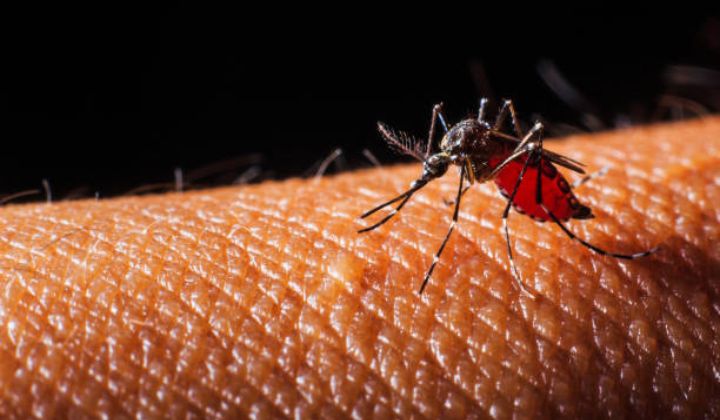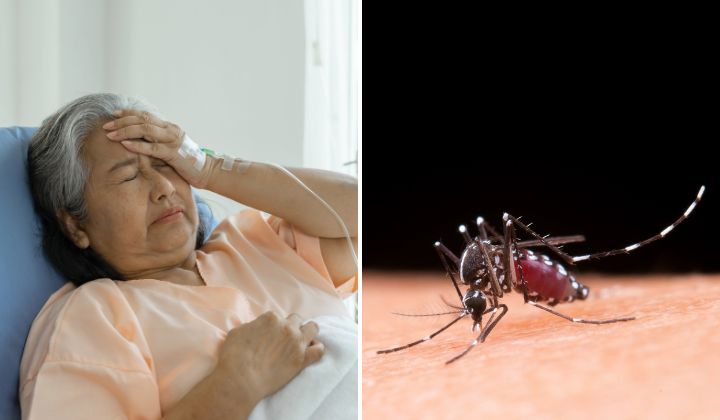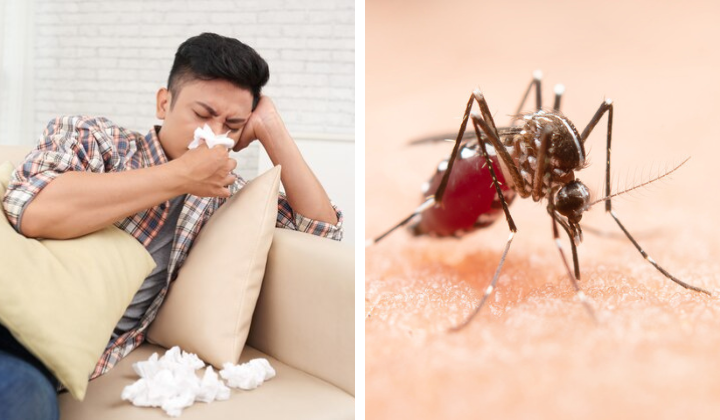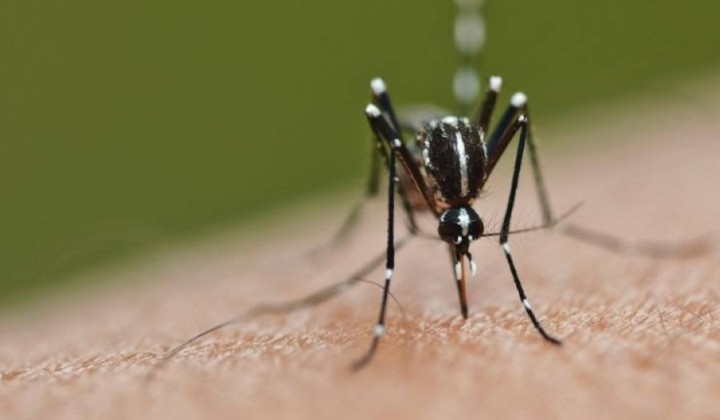Dengue Cases On The Rise, Experts Foresee Outbreak
Dengue cases have shown a marked increase this year.

Subscribe to our Telegram channel or follow us on the Lumi News app for the latest stories and updates.
Dengue fever is an illness which many, albeit erroneously, regard as a common ailment much like then flu or fever. Because it is so common, we learned to live with it while ignoring the fact that our behaviour contributes to its rise.
There has been an increase in the number of dengue cases in Malaysia and according to the latest figures, as BFM highlighted in a tweet recently, when compared to the same period last year, dengue cases in Malaysia increased by 158% from January to June.
Earlier this year, experts have cautioned that a dengue fever epidemic is predicted in Malaysia this year, peaking in 2024 and 2025, and they are encouraging both the government and the public to adopt precautionary measures.
According to the Health Ministry’s latest figures, the number of dengue fever cases recorded increased by 142 cases (5.8%) to 2,608 cases during the 23rd epidemiological week (4 June to 10 June) from 2,466 cases the week before.
This brings the total number of cases this year to 51,331 compared to 20,194 cases during the same period last year.
Three deaths were recorded during the 23rd epidemiological week which brings the total number of deaths to 37 compared to 13 in the same time frame in 2022.
Furthermore, up to 95 hotspots were detected this week, an increase from the 82 hotspots that were reported the week before.
Of these, 71 were in Selangor, 10 were in Kuala Lumpur and Putrajaya, 6 were in Penang, 4 were in Kedah, and 2 each in Sabah and Perak.
Symptoms

According to an article by the Mayo Clinic, many dengue patients may not exhibit any symptoms or indicators of dengue illness at first.
When symptoms do show up, they typically start four to ten days after being bitten by an infected mosquito and may be mistaken for other ailments, like the flu.
Any of the following signs and symptoms, as well as a sudden high fever of 40 degrees celcius, are brought on by dengue fever:
- Headache
- joint, muscle, or bone pain
- Nausea
- Vomiting
- Pain in the back of the eyes
- Inflated glands
- Rash
These are just mild signs of the dengue fever, or you may also call it as the first few symptoms of the dengue fever. However, some of the symptoms can worsen and grow into dengue shock syndrome, dengue haemorrhagic fever, or severe dengue.
Your blood vessels become damaged and leaky with severe dengue. Additionally, the quantity of platelets in your blood decreases. Shock, internal bleeding, organ failure, and even death may result from this.
There can be speedy development of severe dengue fever warning signs, which is a life-threatening emergency. The warning signals, which may include the following, may appear within the first day or two after your fever has subsided such as:
- A terrible tummy ache
- Continual vomiting
- Bleeding from the nose or gums
- Having blood in your faeces, urine, or vomit
- Under-the-skin bleeding that may resemble bruises
- Fast or difficult breathing
- Fatigue
- Easily irritated or restless
Thus, it is important to seek medical attention when one realizes that they have these symptoms.
Prevention

Prevention is always better than cure. Dengue fever has been here for many years and there are many ways one can prevent from getting infected by the illness.
As many may already know, the cause of the dengue fever is the aedes mosquito, and this mosquito can be found around our home.
Therefore, here are some prevention methods that one can use to make sure that the surrounding is safe from aedes mosquitoes.
Stay in well-screened or air-conditioned housing. Aedes mosquitoes are known to be active from 6.30am to 8.30am and from 5.30pm to 8.30pm. However, it has been known to actively bite at other hours especially when the surrounding temperature drops below 28 degrees celcius, which is the normal temperature for its usual active hours.
Put on protective clothing. Wear long sleeves, long pants, socks, and shoes while entering mosquito-infested areas.
Apply insect repellent. You can spray permethrin on your shoes, clothing, camping gear, and bed netting. Additionally, you can purchase clothing that already contains permethrin. Use a repellent for your skin that has at least a 10% concentration of DEET, which is an active ingredient in many repellent products.
Reduce the habitat for mosquitoes. Typically found in and near homes, dengue-carrying mosquitoes develop in stagnant water that can accumulate in items like worn vehicle tyres.
By removing mosquito breeding grounds, you can contribute to a decrease in mosquito population. Empty and clean containers that retain stagnant water, such as flower vases, animal dishes, and planting pots, at least once a week. Cover any stagnant water containers in between cleanings.
Share your thoughts with us via TRP’s Facebook, Twitter, and Instagram.





